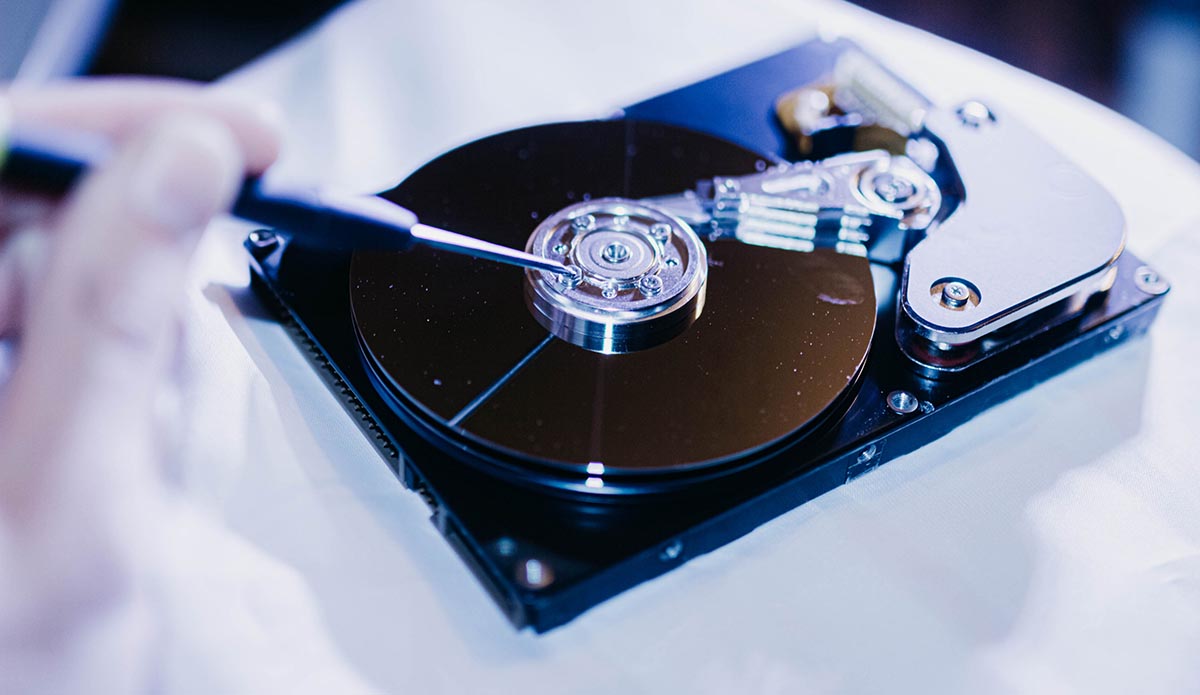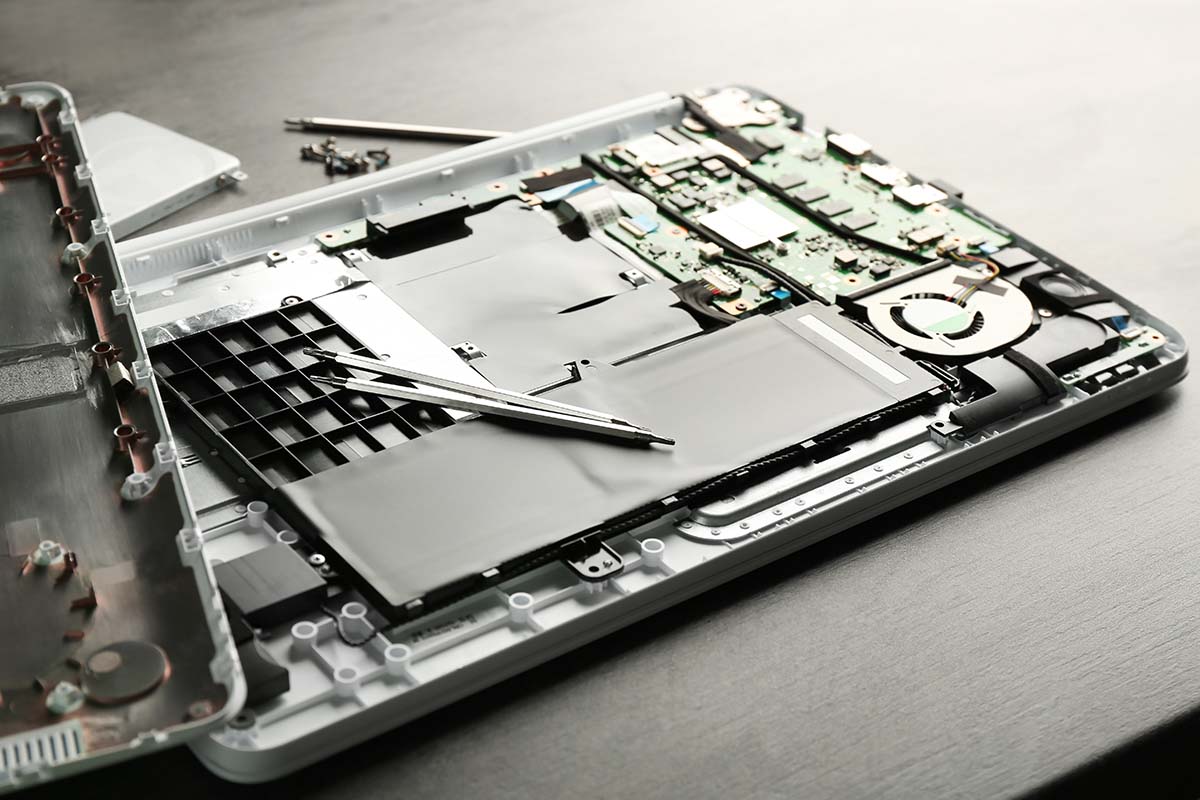How Does Data Recovery Work?
We all have to deal with data loss frequently due to hard drive failure, data damage, or accidentally erasing files. Sudden loss of data makes a stressful situation that will be inconvenient for anyone. You’ve probably considered data recovery if you’ve ever had a significant data loss.
Data recovery is usually a system of recovering lost, corrupted, damaged, deleted, or other unavailable data from a storage device. Now you may think about how data recovery works. Typically, data recovery systems use deterministic and heuristic algorithms to restore the erased files. To know more in-depth information in this regard, read out the entire context.
How Does Data Recovery Work: What Is Data Recovery?
Data recovery is a system of retrieving lost, corrupted, deleted, damaged, or any other lost data from storage devices. It works in almost any type of data storage, including hard drives, USB flash drives, memory cards, and RAID arrays.
Numerous paid software and online services you find on the internet provide data recovery services. If we talk about the data recovery price, that can vary according to the type of problem and data recovery process, and country. For example, the data recovery price in Bangladesh starts from around TK.1000.
Typically, pricing entirely depends on your storage system and kind of problems. Depending on data storage and data loss types, different data recovery approaches are used. In general, these approaches are divided into two groups: Logical and Physical.
Logical Data Recovery
The logical data recovery procedure is executed using only software tools. This process can recover data from storage involving data corruption, different file system issues, unexpectedly deleting, and software-related issues. Typically, Logical data recovery is relatively straightforward, and there are many recovery software you will find on the internet.
Physical Data Recovery
A physical data recovery system works with some kind of physical damage to the data storage. This recovery process helps repair the damage to data storage that prevents it from functioning properly. The physical data recovery process requires professionals with specialized equipment. For that, its cost is much higher than logical data recovery.
How Does Data Recovery Work?
The data recovery process entirely depends on what type of data loss you have encountered. Here we have divided the complete data recovery process into three simple steps. These will enable you to understand the working process of data recovery.
Repair
First, an experienced data recovery technician will find out the exact damage to your storage drive. The storage drive can be a computer hard disk, USB flash drive, and even a server. If they find any physical damage, they will repair it using a toolkit.
The whole repair is done in a special room to protect hardware from ventilated dust, airborne organisms, and particles. Sometimes, experts need to repair some delicate issues. Once everything is repaired, they go-ahead to the next procedure.
Retrieval
After successfully repairing the physical damage, the specialist examines the storage drive using retrieval software. In most cases, the lost data can be restored with this software.
Data can be lost for different reasons, but the data can be recovered after repairing the storage drive. Specialists scan the drive using the software and find your lost files at this stage. In some cases, corrupted data may need to be reassembled and retrieved accidentally deleted files.
Transfer
Once the specialists access all the lost data, they copy all the files to a new storage drive. It can be performed in different ways, and cloning the disk helps keep the original files. All of your lost data will be supplied to you in the new storage. However, you don’t have to stress your recovered data because service providers won’t keep your data. They will delete every trace of your data from their system.
Some Common Causes of Data Loss
Your storage data can be inaccessible or lost in different ways. Here we’ve covered some of the most prevalent causes of data loss.
Human Error
A proverb states that to err is human. So we make mistakes every day, and when these mistakes happen with data, it can be highly detrimental. Some of the typical mistakes that can make by humans are:
- Overwriting important files;
- Erasing crucial information by accident;
- Damage hard drive accidentally;
- Liquid spills on the data storage;
- Accepting unknown viruses.
Software Corruption
Software corruption is a common cause of data loss that most people face. It can usually happen from power outages and cause essential data and files loss. In such a case, the software won’t be able to run again, which means you can’t access any stored data. To avoid this type of data loss, you need to constantly save your work, power down your device, and close any programs you no longer use. Following these easy actions will significantly decrease the chances of software corruption.
Viruses
Viruses are dangerous to store data that can instantly erase business or personal data. Typically, viruses are transmitted onto a device through emails, corrupted files, or links. Data can be damaged, lost, or stolen when viruses enter a device. You will need to contact an experienced digital data recovery specialist to recover the data in such situations.
Hardware Destruction
Hardware destruction usually occurs when any attack falls on your device physically. This kind of action is often so extreme that your storage device is badly affected. Your storage device may be completely broken in some circumstances. Without taking the help of a data recovery specialist, retrieving the data from your storage will be impossible sometimes.
Are There Any Limitations To Data Recovery?
Although data recovery professionals are skilled at retrieving lost data, there are some limitations to data recovery. Here we have discussed some prime limitations of data recovery that you may find:
- Recover data after repairing physical damage to the data storage device.
- Leaving the storage device behind for an extended period may reduce the chances of recovering all lost data.
- Data recovery from a storage device that has damaged the magnetic field will be difficult.
How Can I Prevent Data Loss?
Preventing data loss is better than data recovery. In that situation, you’ll need to employ some techniques to prevent data loss. Here are some simple tactics to keep your data secure.
Use Anti-Virus Software
Various anti-virus programs are available to protect your data. Antivirus software usually protects your device from cybercriminals and malware. It helps to keep your information secure by looking at data, webpages, files, and software to see whether they contain any viruses. Once the software detects something suspicious, it will notify you before spreading it to your device.
Control Access
When different people access a storage device, there is a chance of losing or stealing your data. It happens especially when additional employees have to access a company’s data. In that case, avoiding providing access to unnecessary employees will help to reduce the chance of data loss. You can prevent losing your confidential data this way.
Managed Cloud Hosting
Managing cloud hosting is an excellent way to prevent data loss. Typically, cloud hosting organizations share resources like databases, and software-based tools, across a network. They use multiple servers in different locations to store data. Using a cloud service will prevent physical data loss and stealing because of strong security.
Encrypt Sensitive Data
Encryption is a good approach to keeping your data safe on your storage device. Different encryption is available like E2EE, DES, AES, and RSA. End-to-end encryption helps to enhance data protection whether data is in a public or private cloud or on a device. This encryption ensures that only you can access your stored data.
Data Backup
Backup data is the easiest way to recover your lost data. Once you back up your data, you can easily restore the data even if the data has been lost or corrupted. You can back up your data hourly, daily, weekly, or monthly. If you deal with sensitive data like emails, documents, spreadsheets, software, or databases, you should regularly update the data. However, you can use any offline storage device and protective cloud storage for backup.
How Does Data Recovery Work: Conclusion
Your valuable data can be damaged or lost at any time. Data recovery is the most effective way to retrieve your lost files in this circumstance. But most people are confused about the working process of data recovery. After reading this context, you may have a good idea of how data recovery works. Typically, data recovery experts first explore and repair the exact problem. Then, recover the lost data and transmit them to a new storage drive. This kind of task requires an experienced professional because wrong activities can delete the data forever.




















